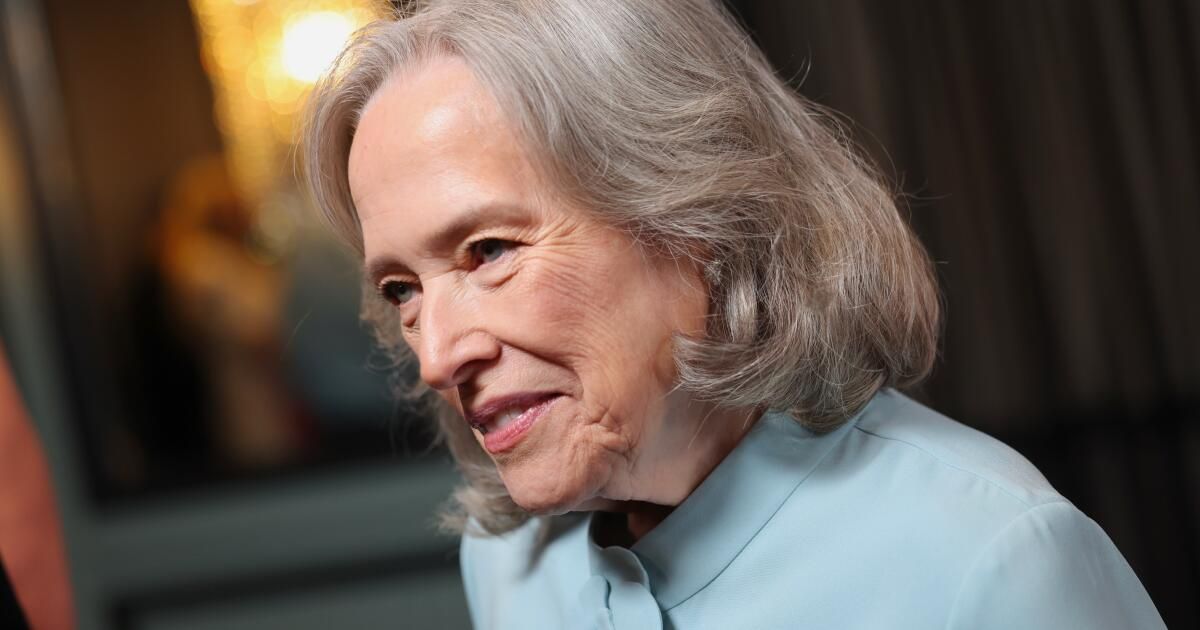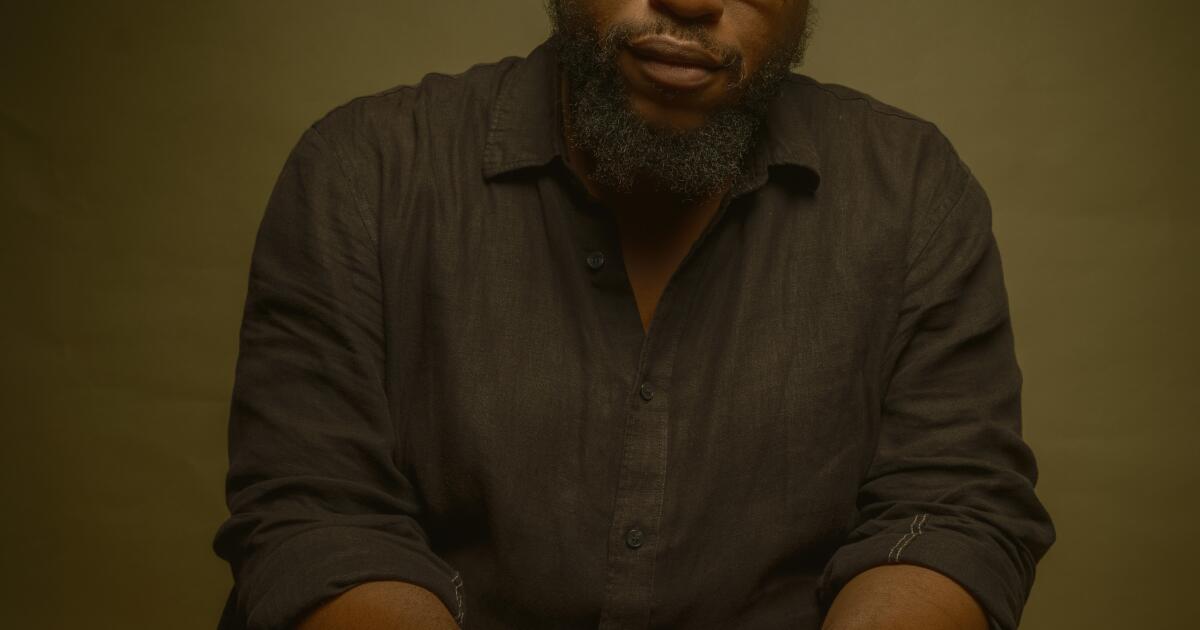When you hear the words “you have cancer,” your world tilts on its axis. I know because I've listened to them twice. I am grateful to be a breast and ovarian cancer survivor, but surviving cancer did not mean my fight was over. As a result of my treatments, I developed a chronic and often misunderstood illness that I will live with for the rest of my life.
He was no stranger to lymphedema. My mother had suffered from it, as had a close friend, so she knew the toll it could take. Before my own surgery, I warned my doctor not to remove any lymph nodes that were not absolutely necessary. But despite those warnings, I still developed lymphedema.
That's why I encourage all patients to have honest conversations with their doctors before, during and after treatment. The truth is, there are some key things every cancer patient should know.
Today, more than 10 million Americans live with this disease. This is more people than are living with multiple sclerosis, muscular dystrophy, ALS, Parkinson's disease and AIDS combined. For breast cancer patients, the risk is especially high. Up to one in five will develop lymphedema after surgery or radiation. Behind every pink ribbon this October, there are millions silently battling swelling, pain and disability that rarely make the headlines.
Lymphedema occurs when the body's lymphatic system is damaged, often as a side effect of cancer treatment. The lymphatic system is not something most of us think about, but it is essential for immune function and fluid balance. When disturbed, lymphatic fluid builds up, causing swelling, heaviness, discomfort, and the need for lifelong careful treatment. There is no known cure. But with early awareness and intervention, lymphedema can be better controlled and sometimes even prevented.
One of the biggest challenges we face is silence. Lymphedema is often overshadowed by the broader story of cancer survival. After doctors removed 19 lymph nodes from my left armpit and three from my right armpit, I was cured of cancer. But the cost of that cure is an incurable disease that lasts a lifetime. There are no approved drug therapies, no cure is on the horizon, and there are very few treatment options.
Since the disease is often misunderstood or misdiagnosed, many patients suffer from it for years without even knowing what ails them. Part of the problem is the lack of education of providers. a report found that in US medical schools, the lymphatic system receives less than 30 minutes of attention during four years of training.
In 2019, I took my story to Capitol Hill and urged lawmakers to fund research into this neglected disease. Those efforts helped establish the first National Commission on Lymphatic Diseases, charged with advancing our understanding and improving care for people living with these diseases. As a result, we have begun to see progress. However, the fight is far from over. Funding for lymphedema research still lags far behind other diseases despite its prevalence.
As we push for systemic solutions, the public deserves to understand the risks and the actions they can take right now.
First, ask your doctor about your personal risk. The type of surgery, the number of lymph nodes removed, even your body mass index. The more you understand your risk profile, the more power you have to protect your health. This may include bioimpedance measurements to track changes in lymph flow, along with physical therapy, gentle exercise, and healthy lifestyle choices such as regular activity and a balanced diet.
Second, have a frank conversation about lymph node removal. Too often, this treatment step is discussed in technical terms, but for the patient it has real consequences. The more nodes that are removed, the greater the chance of developing lymphedema. Knowing that in advance will help you weigh your options and plan for follow-up care.
Third, think of prevention not as an afterthought but as part of your treatment plan. Gentle exercise, physical therapy, and a healthy lifestyle can reduce the risk. I encourage women to talk to their care team about what they can do before and after surgery to give their bodies the best chance of avoiding complications.
Fourth, don't ignore early warning signs. Lymphedema does not appear overnight. It begins with subtle sensations of heaviness, tightness, tingling, or swelling. Many patients are told to ignore these symptoms. No. Early intervention can make a difference.
And, finally, insist on access to experience. Lymphedema specialists and certified therapists can help detect, educate, and provide personalized strategies. The right specialist can be a lifesaver.
These are lessons learned from experience. These are the things I wish I had known before joining the millions of people living with lymphedema today.
This October, when you see the sea of pink, I hope you remember the women behind those ribbons who may be fighting an invisible battle against lymphedema. Ask the right questions, share the resources, and join us in demanding greater awareness and action.
Kathy Bates is an Academy Award-winning actress, two-time cancer survivor, and global spokesperson for the Lymphatic Education & Research Network.











